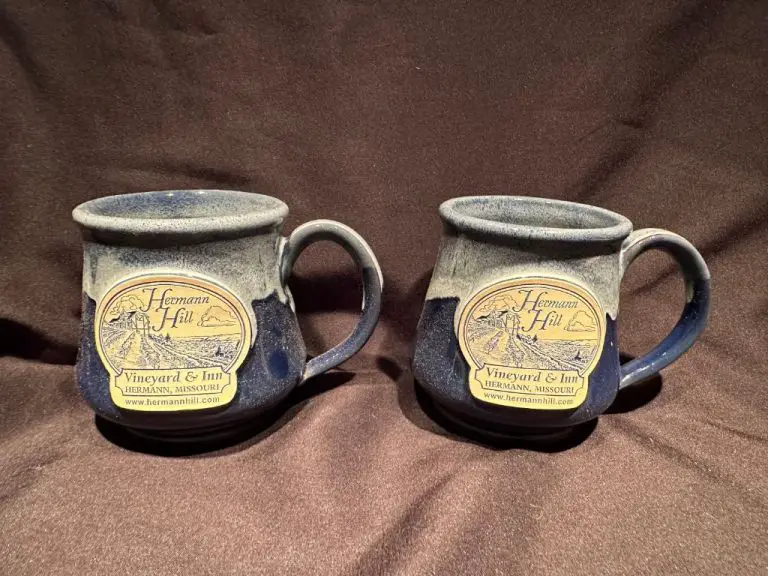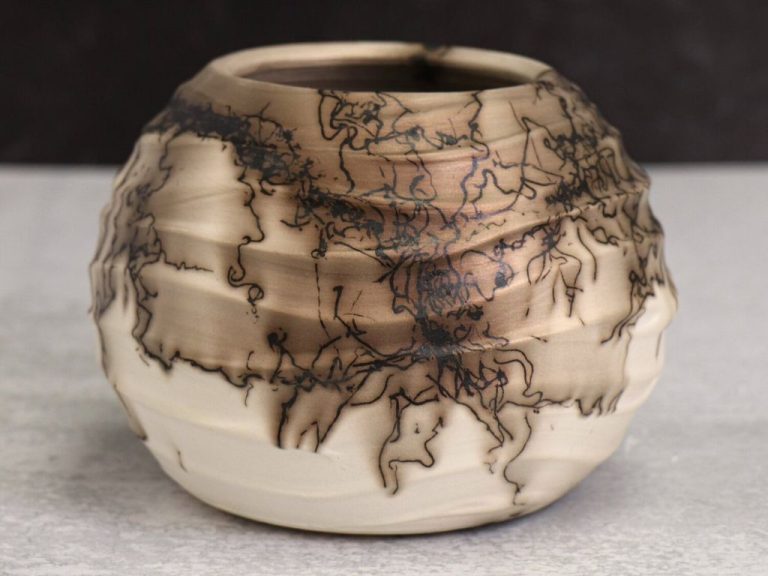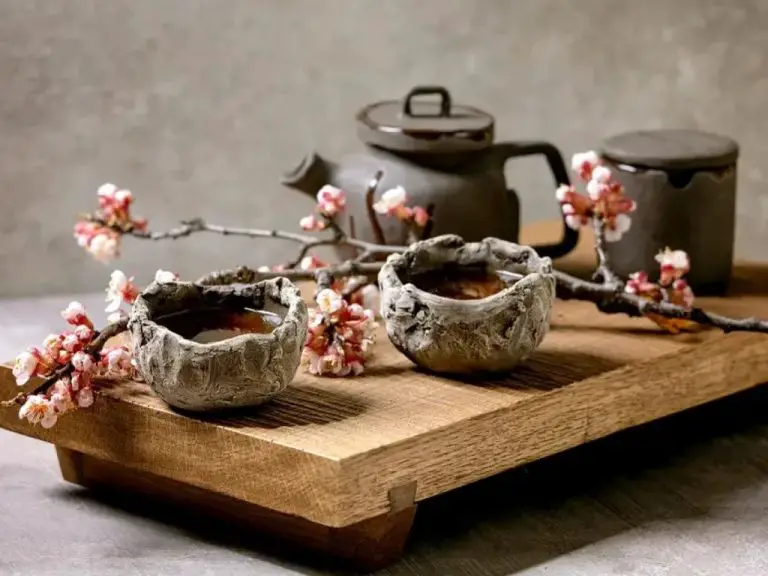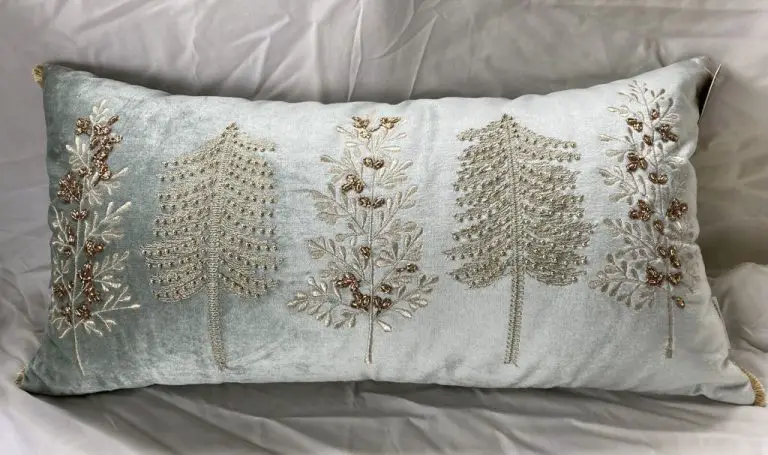What Do Sculptors Use To Make Sculptures?
Types of Sculpture Materials
Sculptors use a wide variety of materials to create their works of art. Some of the most common materials include:
Stone
Stone is one of the oldest and most durable materials used in sculpture. Marble, granite, limestone, sandstone, and other types of stone have been favored by sculptors for centuries. Stone can be carved to create smooth, refined surfaces or chiseled to exploit the rough texture of the material. Famous stone sculptures include Michelangelo’s David and the ancient Greek and Roman marble statues.
Metal
Metals like bronze, iron, steel, and aluminum allow sculptors to create sturdy, heavy sculptures in casting and welding processes. The ancient Greeks and Romans used bronze to cast many of their famous sculptures. Modern sculptors also work in metals like stainless steel. The reflective properties of metals add an extra dimension to metal sculptures.
Clay
Clay is one of the most malleable and easily shaped sculpture materials. Sculptors can craft clay by hand or use pottery wheels and molds. Clay can be fired into terracotta or baked at high temperatures into porcelain. Famous clay sculptures include the Terracotta Army of ancient China.
Plaster
Plaster allows for the creation of intricate sculpture molds and final products. Sculptors often create initial clay or wax designs that are then cast in plaster. Plaster casting has been used since antiquity and allows for the mass production of sculpture forms.
Wood
Wood offers unique organic textures and grains for sculpting. Wood can be carved, cut, and sanded into a variety of shapes. Many cultures around the world have strong traditions of woodcarving for masks, totems, deity figures, and more. Wood sculptures may be left unfinished to showcase the material’s natural look.
Plastic
Plastics like polyester resin allow more contemporary sculptors to explore new materials. Plastics can be cast from molds or shaped by hand through techniques like vacuum forming. Plastics allow for large, smoothly finished modernist sculptures.
Stone
Stone is one of the most commonly used materials for sculpting. Some of the most popular types of stones used by sculptors include marble, granite, limestone, and sandstone.
Marble has been a highly preferred stone for sculpting since ancient Greek and Roman times. According to The Sculpture Studio, marble is moderately hard to carve, but can hold very fine detail. Some of the most famous marble sculptures were created during the Renaissance by renowned artists like Michelangelo. His famous marble sculpture David is an excellent example of the fine detail and beauty that can be achieved with marble.
Granite is one of the hardest stones used for sculpting, rating around 8 on the Mohs hardness scale according to Wikipedia. This makes it very durable but more difficult to carve. Granite requires power tools for sculpting instead of just hand tools. Modern sculptors sometimes choose granite for abstract outdoor sculptures because of its ability to withstand weathering.
Limestone is sedimentary rock composed mainly of calcium carbonate. It has medium hardness around 3-4 on the Mohs scale, making it relatively easy to carve by hand or with power tools. Limestone has been used for sculpture and architecture since ancient times. Its softness allows subtle details to be carved.
Sandstone is another sedimentary rock used for sculpting. It ranges from soft to medium-hard on the Mohs scale depending on the specific type. Sandstone is composed of cemented grains of quartz or feldspar which give it interesting textures. It has been used by sculptors since ancient Egypt and around the world.
Metals
Metals have been used to create sculptures since ancient times. According to the Encyclopedia Britannica, “The metal most used for sculpture is bronze, which is basically an alloy of copper and tin.” 1 Bronze in particular has been a popular material for sculptures due to its strength, durability, and ability to capture fine details.
Some of the most common metals used in sculpture are:
- Bronze – An alloy of copper and tin, valued for its strength, durability, and ability to capture fine details. Bronze has been used since ancient times to create sculptures.
- Steel – Provides strength and durability for large scale sculptures. Stainless steel is resistant to corrosion.
- Aluminum – A lightweight metal valued for its malleability and ability to be cast into complex shapes.
The Daily Planet highlights that steel is valued by sculptors for its strength and durability. Large steel sculptures can withstand outdoor placement for many years. Stainless steel resists corrosion. Bronze is appreciated for its ability to capture fine details and smooth textures. Aluminum is lightweight yet can be cast into complex shapes. Its malleability allows sculptors to experiment with fluid, organic forms.2
Clay
Clay is one of the most popular and versatile materials for sculpting. There are several types of clay commonly used by sculptors:
Modeling clay like plasteline or plasticine is made of PVC or a mix of oils and waxes. It is soft, pliable, and easy to shape by hand. Modeling clay remains workable without drying out, though finished pieces may be baked to harden them. This type of clay is ideal for sculpting figures, details, and quick studies. It can be reused repeatedly.[1]
Ceramic clays include earthenware, stoneware, porcelain, and terracotta. These water-based clays are shaped when wet, then fired in a kiln to harden through sintering. The firing process permanently sets the clay body. Different types of ceramic clay have varying properties when working with them and after firing. Earthenware fires at lower temperatures, is porous, and has a rougher surface, while porcelain requires hotter kilns, creates a smooth vitrified surface, and resists chipping.[2]
Polymer clay is an oil-based modeling compound that cures when baked at low temperatures to harden it. It has a texture similar to plasteline but doesn’t dry out when worked. Polymer clay comes in many bright colors that remain vibrant after baking. It’s lightweight and easy to sand, carve, and finish once cured. Polymer clay is especially suitable for jewelry, miniatures, and decorative objects.[1]
Plaster
Plaster, particularly plaster of Paris, is one of the most common materials used by sculptors. It is an inexpensive material that is easy to work with and provides an excellent surface for details. Plaster sets quickly, enabling sculptors to work rapidly when sculpting or casting forms. It can be built up easily by applying successive layers, and is also easily carved when damp.
Plaster is often used to create molds and castings. Sculptors make a reusable mold by brushing layers of plaster over an original model. Once dry, the mold can be filled with liquid plaster to create castings. This allows identical multiples of a sculpture to be produced. According to the Virtual Instructor, a mixture of 2 parts plaster to 1 part water is typical for casting [1].
Sculptors also use plaster to create preparatory works and design prototypes before creating the final sculpture in stone or metal. Plaster provides a lightweight, inexpensive material to work out composition ideas without committing to a more expensive permanent material. Details can be refined in plaster before reproduction.
Overall, plaster is valued for its versatility, moldability, and ease of use in a sculptor’s studio. Its quick setting time and ability to capture fine details have made it a staple material for sculptors through history.
Wood
Wood is a very popular material for sculpting. Some of the most commonly used woods for sculpting include basswood, poplar, pine, and cedar. Basswood in particular is a favorite for beginner sculptors because it is inexpensive, easy to carve, and has a fairly uniform texture. According to this article, basswood is light-colored and soft, making it ideal for detailed carvings. Poplar is another wood that is often used for sculpting. It is easy to work with and more affordable than harder woods like oak or maple.
Pine and cedar are two softwoods that are also used frequently in sculpting. Pine is versatile and inexpensive. Its softness allows sculptors to carve intricate details. Cedar has a pleasant aroma and a soft, even grain that also lends itself well to detailed carving work. Both pine and cedar are resistant to insect damage. Overall, woods like basswood, poplar, pine and cedar make excellent choices for sculpting due to their softness, affordability, and workability.
Plastic
Plastic is a popular material for sculptors today due to its versatility, durability, and cost effectiveness (Source 1). Two commonly used plastics are styrofoam and polyurethane foam. Styrofoam, also known as expanded polystyrene, is lightweight yet rigid, making it ideal for sculpting large forms. It can be shaped easily using basic tools like knives, rasps, and sandpaper. Polyurethane foam is an open-cell foam that can be poured into molds to create sculptures. It is lightweight but very tough and durable. Sculptors often use polyurethane to make large outdoor sculptures that need to withstand the elements (Source 2). Compared to traditional sculpture materials like stone or metal, plastic is affordable, readily available, and requires less specialized tools and skills. This had made sculpture more accessible to hobbyists and students. However, plastics may not be as archival or long-lasting as more traditional materials. Overall, plastic opens up new creative possibilities for sculptors today.
Tools
Sculptors use a variety of specialized tools to shape and refine their work. Some of the most common tools include:
Chisels – Chisels have sharp, beveled cutting edges and are used to chip away and sculpt stone, wood, or other materials. Sculptors use a range of chisel types like flat, claw, and round nose chisels. Chisels need to be struck with a mallet or hammer to function properly.
Hammers – Hammers provide the striking force required to use chisels and shape sculpture materials. Common types of hammers used in sculpting include mallets, chasing hammers, and bush hammers. Hammers help transfer kinetic energy to the chisel for chipping or engraving.
Rasps – Rasps have rough, abrasive surfaces and are used to shape softer sculpture materials like wood or plaster. The coarse teeth on rasps help rapidly remove material. Rasps come in flat, round, and half-round varieties.
Calipers – Calipers are measuring tools used to precisely transfer measurements from a model to a sculpture. Sculptors rely on calipers for accuracy, especially when sculpting at smaller scales. Common types are inside, outside, and odd-leg calipers.
Beyond these core tools, sculptors may utilize specialty carving knives, clamps, drills, files, pliers, saws, and more depending on the material and techniques involved. High quality tools help sculptors efficiently bring their artistic visions to life. For more information see: https://rockandtools.com/en/blog-en/74-the-main-tools-used-for-sculpting-with-stone.html
Sculpture Techniques
Sculptors employ various techniques to manipulate materials into a desired form. The four main techniques are:
Carving
Carving involves subtracting or removing material from a solid block to reveal the finished sculpture inside. Hard materials like stone, wood, and ivory are commonly used for carving. The sculptor uses tools like chisels, rasps, and rifflers to carefully chip away the excess material (Jessenusbaum, 2022). This technique requires great precision and control.
Modeling
With modeling, the sculpture is built up from a malleable material like clay, wax, or plaster. The sculptor shapes and molds the medium using hands, fingers, and various tools. Modeling is an additive process that involves pushing, pulling, smoothing, and pinching the material into the desired form (Getty, n.d.). The finished sculpture can then be fired, cast, or used to create a mold.
Casting
Casting is commonly used for metal and plaster sculptures. The artist first sculpts an original model out of clay or wax. This model is then used to create a negative mold. Molten metal or liquid plaster is poured into the mold and allowed to harden, resulting in a cast replica of the original model.
Construction
Construction involves assembling or joining different materials to build up the finished sculpture. Materials like wood, plastic, metal, found objects, and more can be used. The pieces may be mechanically joined, welded, glued, or connected in some other way. Construction allows for great flexibility and experimentation in sculpture.
History
Sculptors have used a wide variety of materials throughout history. In ancient times, civilizations such as the Egyptians, Greeks, and Romans worked primarily in stone. Some of the most famous ancient sculptures that survive today are Egyptian statues like the Great Sphinx, carved from limestone, and Greek and Roman marble sculptures like the Venus de Milo and the Pietà (History of Sculptural Materials and Techniques).
During the Renaissance, bronze casting became a popular technique, allowing artists like Donatello and Michelangelo to create detailed sculptural works. The Baroque period saw greater use of materials like stucco, terra cotta, and wood for more elaborate, polychrome sculptures.
In the modern era, artists began experimenting with new industrial materials like sheet metal. Sculptors like Picasso, Julio González, and David Smith used metal fabrication to create open forms known as constructed sculpture. In contemporary art, sculptors today work in an enormous range of materials from traditional stone and bronze to plastics, processed foods, light, and sound.




